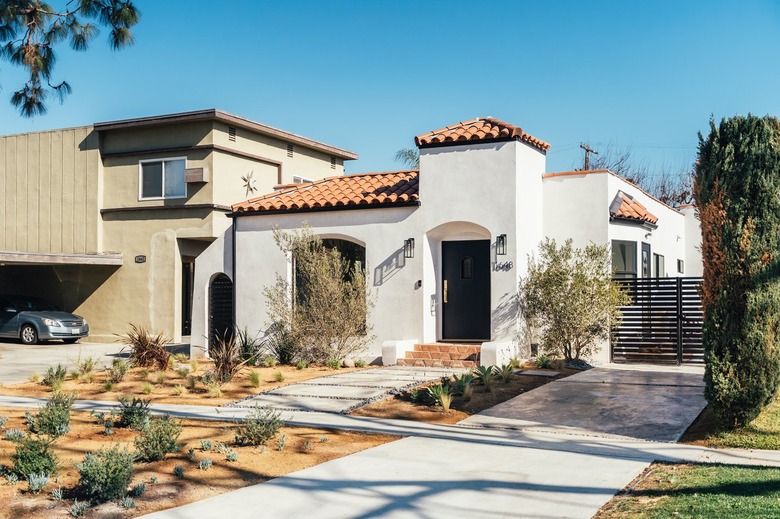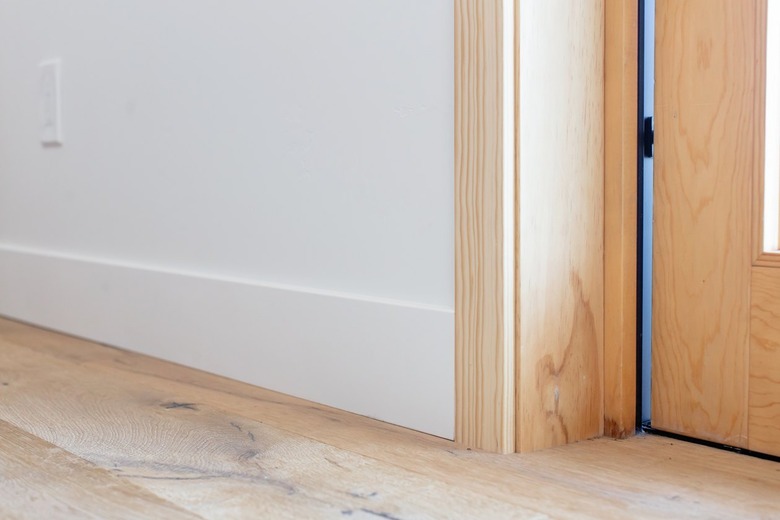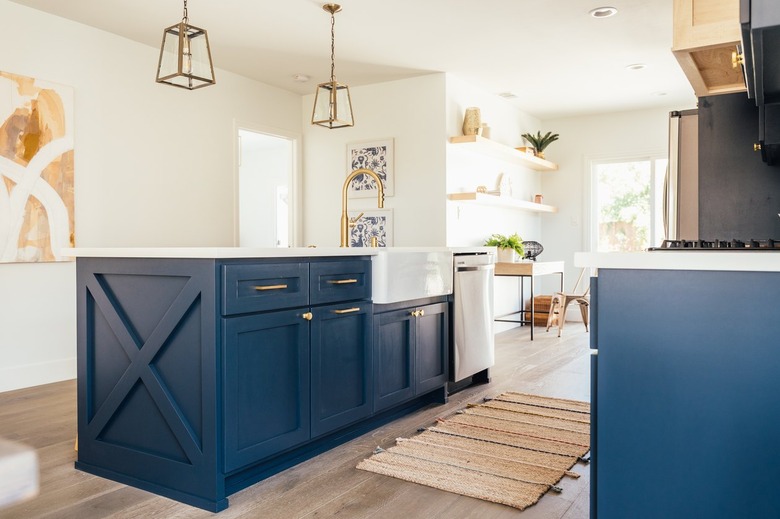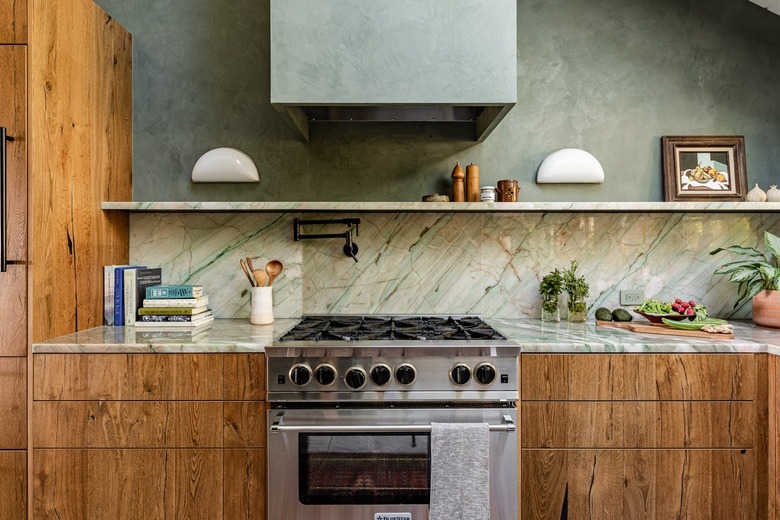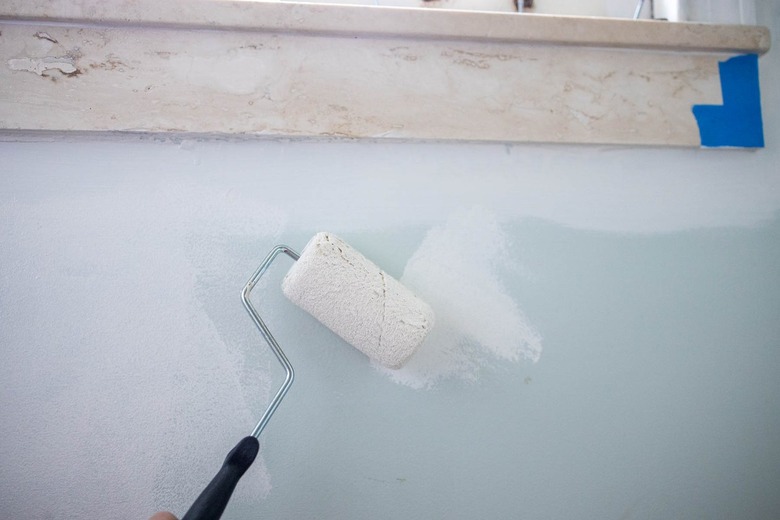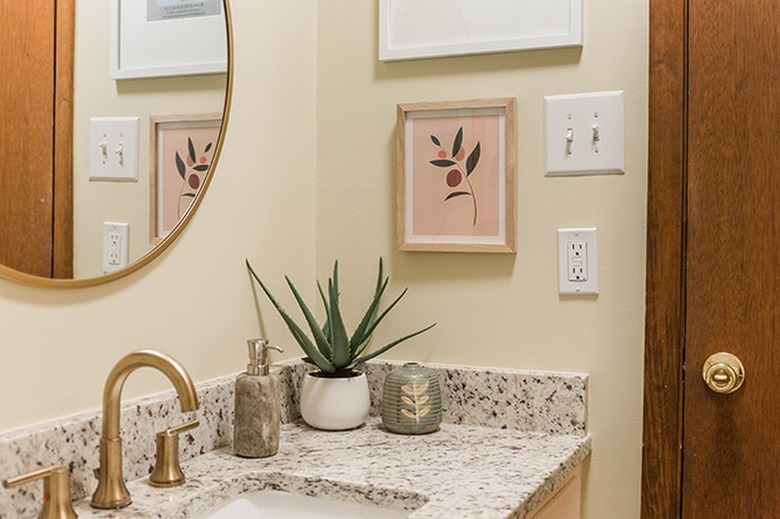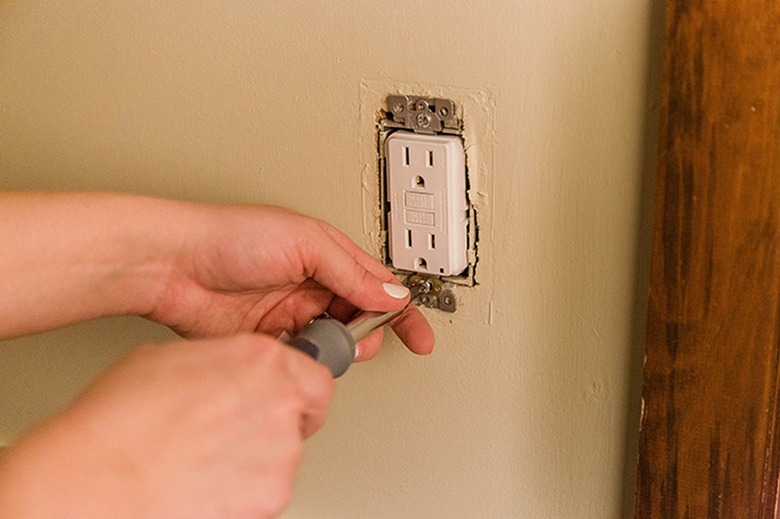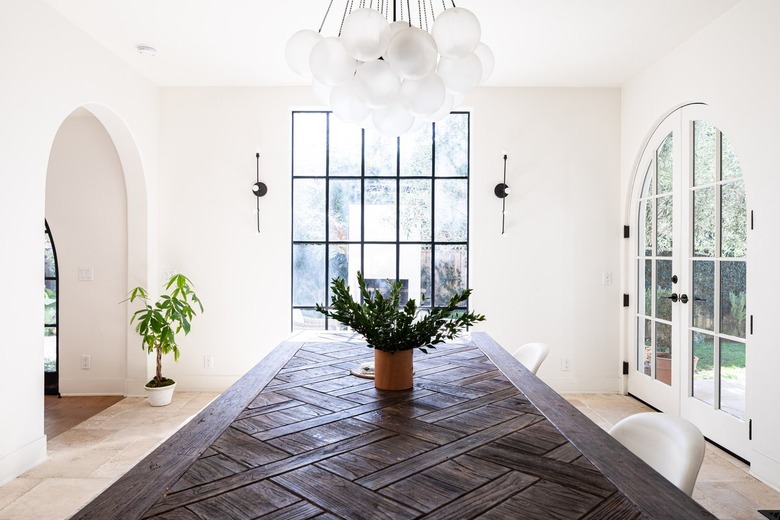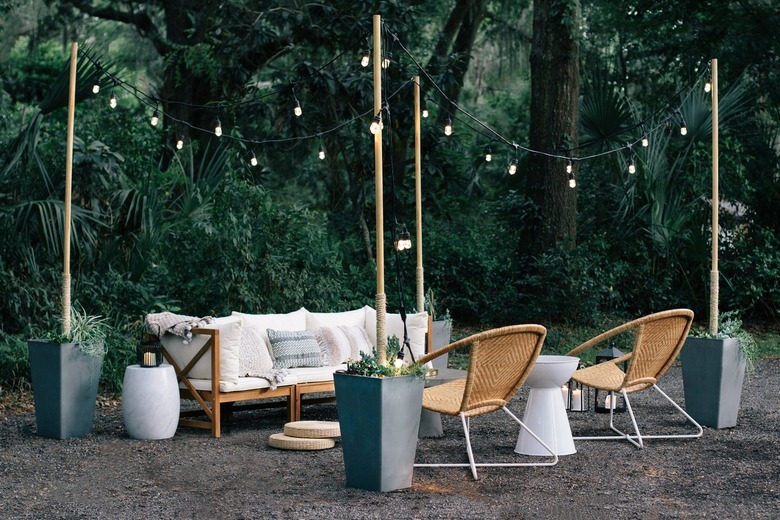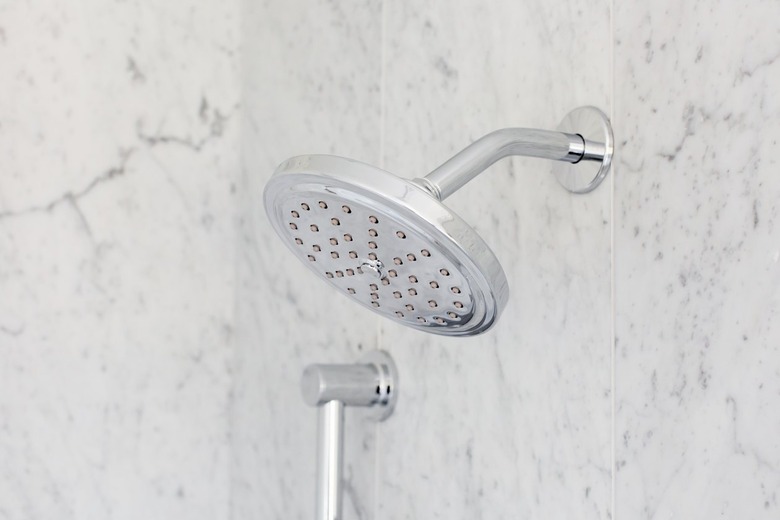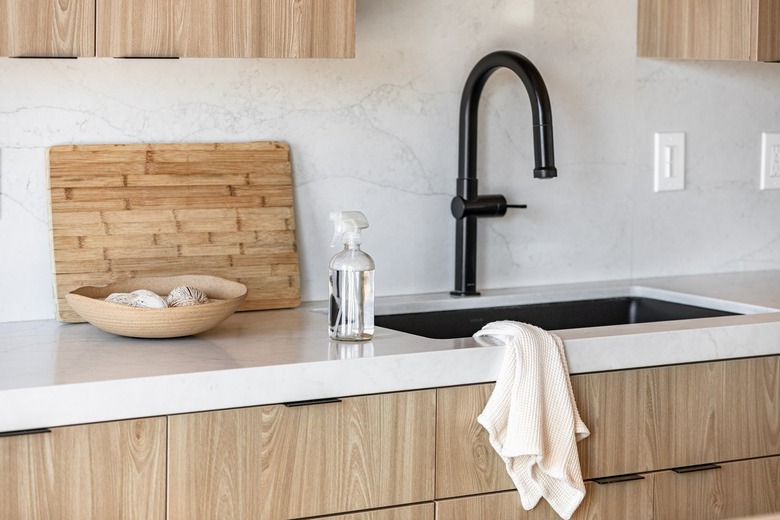The 15 Easiest Home Upgrades You Can Make After Buying A House
We may receive a commission on purchases made from links.
When your new house (congratulations!) is someone else's old house, one of the first things you'll do as you settle in is decide what you can live with and what you can't. The smart plan is to start with the easiest home upgrades — the ones that give you the most bang for your buck and your time. This is a question of priorities. Does that ancient, wheezing fridge have to go, or would you rather replace the not-so-gently used family room carpet? You also might want to favor projects that you can do yourself, which can save you considerable cash (if not time). With all that in mind, here are some ideas for home improvement projects that will quickly and easily turn that old house into your new home.
1. Reclaim the Trimwork
1. Reclaim the Trimwork
Baseboards, ceiling molding, door and window casing, chair rail — trimwork frames every wall and opening in the home, yet we seldom give it the respect it deserves. Trim is one of the primary elements of interior architecture and helps define the character and style of a home. To put it more simply, your trim should match your house. Generic crown molding and colonial-style casing fit some house designs but not all (despite their prevalence at your local big-box store).
If some of your home's trim is uninspiring, inconsistent, cheap, or just not right for the house or room, look around and decide which trim elements work and which don't. If your house is older, chances are the original trim will look the best, and chances are some of it has been replaced with a generic modern molding. Replacing the offending pieces will make a subtle but important difference (and now that you've looked, you'll notice).
Tip
Lumberyards usually have the best selection of trim styles and wood species, and you can order less common styles from their catalogs.
2. Clean Up the Yard
2. Clean Up the Yard
Before you head to the garden center to shop for new flowers and shrubs, spend some time in the yard and garden tidying up and seeing what's there. A thorough cleanup can have a dramatic effect on a landscape, especially a neglected one, and it's completely free. At the same time, the cost of landscape improvements add up fast and can quickly blow your home improvement budget. It can really pay to be patient and wait to see how it all looks once it's cleaned up and in full bloom. Then, you can prioritize the most-needed improvements.
3. Give Dated Cabinets a Makeover
3. Give Dated Cabinets a Makeover
You undoubtedly noticed those sad-looking kitchen cabinets when you first toured your new house as a potential buyer. They're still there, even if the money for a kitchen remodel is not. For a quick fix, you can give them a fresh coat of paint, sand and refinish them, or even reface them. In any case, you should consider replacing the old hardware to complete the new look. You might be surprised at how easy it is to live with the old cabinets after this budget-friendly update.
4. Add a Splashy Backsplash
4. Add a Splashy Backsplash
The kitchen backsplash area gets a lot of attention because it's in your face, just like the cabinets and countertop, but it's a lot easier and cheaper to renovate. And you can cover it with almost anything: paint, tile, wallpaper, tin ceiling tiles, wood paneling, stainless steel, or even colorful glass (or clear glass over a wall mural or special wallpaper). For maximum impact, do something creative with the electrical outlet and switch cover plates in the backsplash area. You can incorporate them into the backsplash treatment or make them pop with contrast.
5. Paint, Paint, Paint
5. Paint, Paint, Paint
If the previous owners took their real estate agent's advice and painted everything in drab neutrals or if they didn't paint when they should have, your home is ready for one of the easiest home upgrades: a fresh coat of color. Best of all, now that you're the owner, you get to paint any room any color you want. Just keep a few practical tips in mind: Use flat paint in a neutral color for ceilings, start with primer if you're going from a dark to a light color (or if the surface is unfinished or in bad shape), and buy good paint ($50/gallon is a reasonable target).
6. Replace Ugly Flooring
6. Replace Ugly Flooring
With the exception of tile and wall-to-wall carpet, flooring just keeps getting more and more DIY-friendly — and in many cases, more affordable. If you have some old carpet that gives you the willies or some tacky sheet vinyl that insults your sensibilities, it's best to replace it. Shop around for a good deal on any type of "floating floor" — click-together pieces that don't need glue or nails. Laminate is a budget alternative to hardwood floors (and you'd be amazed at how great it can look in a space). Cork, luxury vinyl, and even traditional linoleum also come in easy-to-install floating floor materials.
7. Renew Old Grout
7. Renew Old Grout
Deep cleaning and even replacing old grout is not a fun job, but it's a lot easier and cheaper than redoing an entire tile installation. And if you have old tiles that are in good shape, renewing the grout can make the whole treatment look like new. There are three levels of renewing dingy, stained grout:
- Scrubbing with a stiff brush and a strong cleaner (washing soda, Spic and Span, and oxygen bleach all work well).
- Steam cleaning (using your own steam machine or hiring a pro).
- Scraping out the old grout and installing new (this is the best option if the old grout is crumbling or is incurably ugly).
8. Swap Out Switch and Outlet Plates
8. Swap Out Switch and Outlet Plates
Somehow, those little plastic rectangles play a pretty big role in the decorative scheme of things. If they're cracked, dingy, yellowed, or old-fashioned (and not in a good way), just replace them. New switch and outlet cover plates cost pennies and can be installed in seconds, making this one of the easiest home upgrades. You'll be amazed at how often you notice these tiny improvements.
9. Provide GFCI Protection
9. Provide GFCI Protection
Your home's previous owners may have gotten by with outdated electrical outlets, but that doesn't mean you should live with unnecessary risk. GFCI (ground-fault circuit-interrupter) protection for outlets in all wet areas (bathrooms, kitchen, laundry room, garage, basement, and outdoors) is a safety essential in all modern homes because it protects against electrical shock. You can add GFCI protection by replacing select outlets, which can be an easy DIY project, or you can have an electrician install GFCI circuit breakers on select circuits.
10. Upgrade Key Light Fixtures
10. Upgrade Key Light Fixtures
Lighting can say a lot about your taste and personal style. If your fixtures scream "boring" (or even worse, "builder-grade"), it's high time for a lighting makeover. Start with the most visible areas — dining table, kitchen island, living room, main entryway, etc. — and spend some time shopping around online. Keep searching until you find the right pieces for your style and your budget.
11. Paint the Front Door
11. Paint the Front Door
There's a reason this idea is so popular. A fresh color on a front door is one of the easiest ways to put your personal stamp on a new (old) home — and it can maybe even add value if you choose the right hue. Visitors and neighbors really do notice the front door, both from the street and up close. If it looks fabulous, it can improve the curb appeal of the entire facade.
12. Light the Landscape
12. Light the Landscape
A handful of well-placed landscape lights not only makes your house more inviting to visitors, but it also welcomes you home every night when you pull up your street. Solar lights are easiest to install, but even traditional wired lights are a cinch. (Use LED bulbs to save on electricity, which adds up when your lights are on all night, every night.) And don't be afraid to get creative. Path lights are practical and improve safety, while uplighting and other decorative techniques can transform your nighttime landscape.
13. Splurge on a Showerhead
13. Splurge on a Showerhead
When you think about it, the main purpose of a shower enclosure is to prevent flooding the bathroom. It's the showerhead that defines your showering experience. Spending a little extra to get just the spray you want is a gift to yourself that you enjoy every day. (Maybe it's even time for that full-body shower panel!) Replacing a standard showerhead is arguably the easiest DIY upgrade in the home, taking just a few minutes and often requiring no tools.
14. Buy Energy-Efficient Appliances (Wisely)
14. Buy Energy-Efficient Appliances (Wisely)
Thanks to the high cost of electricity (and gas in some areas), energy-efficient appliances can offer a solid return on your investment, but some appliances offer better returns than others. A 20-year-old fridge can use almost four times more electricity than today's Energy Star models and cost $200 more to run every year! If your new home has a really old fridge, replacing it now (rather than later when the fridge dies) will maximize your return on investment. On the other hand, replacing an old stove or dishwasher won't make much of a dent in your power bill, but you might consider upgrading one for other reasons.
15. Flip Your Faucets
15. Flip Your Faucets
Kitchen and bathroom faucets are easy to replace, and they offer a lot of value because you use them so frequently. But to get a true return on your investment, you can't go cheap — and good faucets are anything but cheap. As a starting point, a new kitchen faucet will likely cost at least $200, and a bathroom faucet might be $150 or more. You don't have to spend a fortune (high-end faucets can be unnecessarily overpriced), but you want to spend enough to get all-metal (preferably all-brass) construction and a quality finish. Avoid faucets that have plastic bases or even plastic drain parts (most bathroom faucets include matching drain elements).
